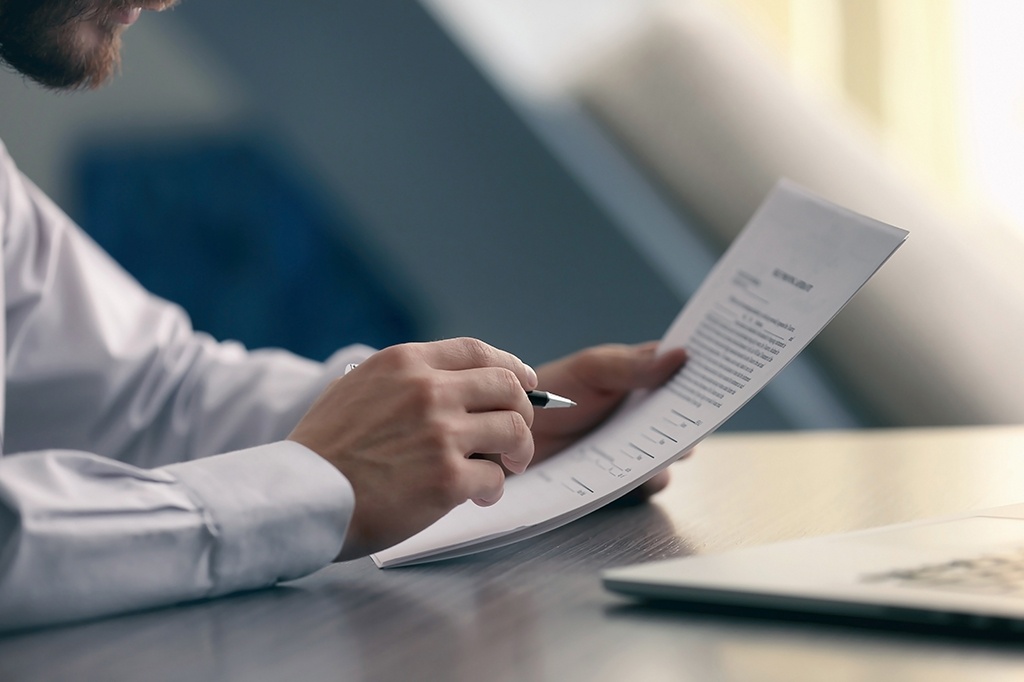What documents should I keep?

You need to retain sufficient documentation to substantiate your claim to an expense deduction and GST Input Tax Credit. The requirements are slightly stricter for something that includes GST (Note: GST refers equally to GST, HST and QST – we’ve simplified to GST here).
Debit/Credit Card receipts and Paypal transaction receipts are generally not sufficient – they are merely proof that a transaction occurred and contain much of the same information as found on the bank statement, but not much else – you should keep the original invoice/order detail.
Here are some general guidelines:
All transactions
supplier’s name, transaction date, and amount
For small amounts, if you have a receipt we recommend you keep it, but don’t bother chasing one under $30 if you don’t have it
Amounts over $30
An actual document from the supplier
The BN of the supplier (especially if GST is charged)
The amount of GST or a statement of GST Inclusive and the rate (5%)
Amounts over $150
The buyer's name
A description of the goods/services received
Food/Meals
Make sure that the amount of tax is correctly displayed and recorded (some items are exempt of GST and some of PST/Provincial portion of HST)
If a tip is added ensure that this is clearly identified
Make notes on the BUSINESS PURPOSE of the meal and who attended (remember that meals for just you are personal and can’t be claimed)
Motor Vehicle Expenses
Unless the vehicle is owned by the company you CANNOT claim motor vehicle expenses (other than tolls and parking).
If you are operating through a company and driving your personal vehicle you must keep a logbook and we will allocate a mileage claim at the end of the year.
If you are a Sole Proprietor you must claim a share of use (it is advisable to charge ALL motor vehicle expenses to the company bank accounts, but the personal portion will be backed out at the end of the year) – you should keep a logbook of all business trips, plus a record of the odometer reading at the start and end of the year.
If you purchase anything other than gas at a gas station (cashback, candy bar, etc.) make sure that it is split out on the receipt and properly coded
Parking charges usually fall into the under $30 category. If paid for on a business account don’t double-dip and put it on an expense claim
Mileage and tolls should be put on an expense claim and recorded periodically
Cash Withdrawals
Cash withdrawals from business accounts can’t be claimed as expenses by themselves. We treat them as drawings by default.
You need to provide documents for the underlying transaction.
Recurring transactions
If these include GST then you need to comply with the above rules for each transaction unless a bulk invoice is issued for the entire stream
If non-Canadian try to capture the renewal email for each payment. If they don’t send them, try to capture the initial order confirmation that explains the service, fee, and payment frequency
Insurance payments are usually annual policies with monthly payments (no GST on insurance) – try to retain the annual policy premium notice
Lease payments may include interest charges (which will affect the GST portion) – keep a copy of the lease agreement and all details as to how the payment amount is calculated.
Business expenses paid from your personal bank account
same documentation rules as above
Make sure that these are entered on an expense claim or given to the accountant in time to claim back GST
Personal expenses paid from a business bank account
Just don’t do this – please! Try to pay business expenses from business accounts and personal expenses from personal accounts.
Ensure that these are properly identified and coded
No documentation is necessary
We strongly recommend that you attach receipts and invoices to the Xero transaction (Spend Money or Bill) – this makes our review process and dealing with CRA significantly easier, plus preserves the image of many receipts that fade quickly. Once scanned and properly stored you do not need to keep the original. We highly recommend using systems like Receipt Bank or the Xero app on your smartphone to capture images on the fly.